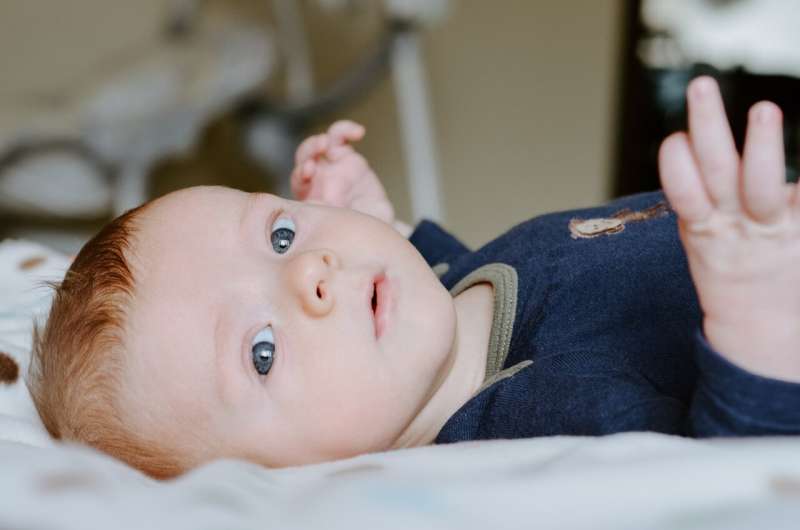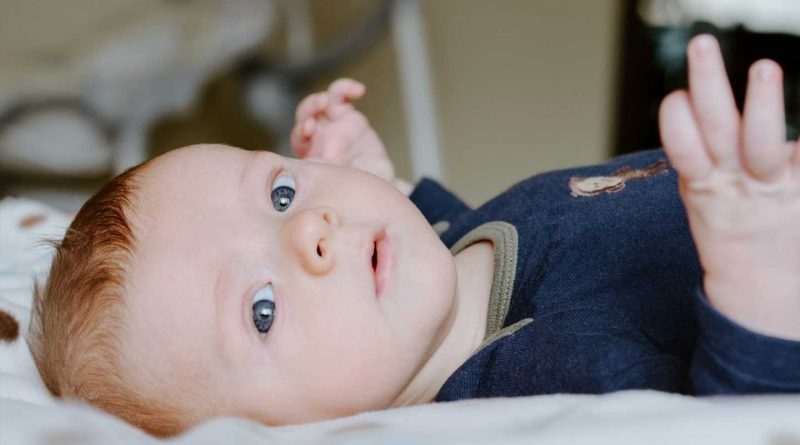nexium indicazioni

Researchers at the Perelman School of Medicine at the University of Pennsylvania, Children’s Hospital of Philadelphia, Philadelphia and University of Pittsburgh School of Medicine, Children’s Hospital of Pittsburgh of UPMC, Pennsylvania, have looked into the efficacy of short-course vs. standard-course therapy for children with urinary tract infections.
In a report, ritalin dosering flashback “Short-Course Therapy for Urinary Tract Infections in Children—The SCOUT Randomized Clinical Trial,” published inJAMA Pediatrics, 20 researchers detail the outcome of a randomized clinical trial of 664 children.
Adult patients with a urinary tract infection (UTI) typically take a short course of antimicrobial therapy (three to seven days). Longer durations of antimicrobial therapy are endorsed by the American Academy of Pediatrics UTI guidelines for children younger than 24 months. The SCOUT randomized clinical trial aimed to determine if children showing improvement five days after starting antimicrobial therapy could discontinue treatment.
In the trial, those children assigned to standard-course therapy had lower rates of treatment failure than children assigned to short-course therapy, but the failure rates in both treatment groups were considered low.
Analysis for the primary outcome included 664 randomized children (median age, four years). In the group of 328 assigned to standard-course, two failed to respond to treatment (0.6%). Of the 336 assigned to the short course, 14 experienced treatment failure (4.2%).
Children receiving short-course therapy were more likely to have asymptomatic bacteriuria or a positive urine culture at or by the first follow-up visit 11 to 14 days later. The importance of this finding was unclear to researchers. There were no differences between groups in rates of UTI after the first follow-up visit, incidence of adverse events, or incidence of gastrointestinal colonization with resistant organisms.
The trial results found children assigned to standard-course therapy had lower treatment failure rates than children assigned to short-course therapy. While the standard-course had a better outcome, it was statistically within a margin of 5%. The research team’s post hoc analysis suggests that short-course therapy could be considered a reasonable option for children exhibiting clinical improvement after five days of antimicrobial treatment.
More information:
Theoklis Zaoutis et al, Short-Course Therapy for Urinary Tract Infections in Children, JAMA Pediatrics (2023). DOI: 10.1001/jamapediatrics.2023.1979
Aaron M. Milstone et al, Does the SCOUT Trial Fall Short of Determining an Effective Treatment Duration for Pediatric Urinary Tract Infections?, JAMA Pediatrics (2023). DOI: 10.1001/jamapediatrics.2023.1976
Journal information:
JAMA Pediatrics
Source: Read Full Article
